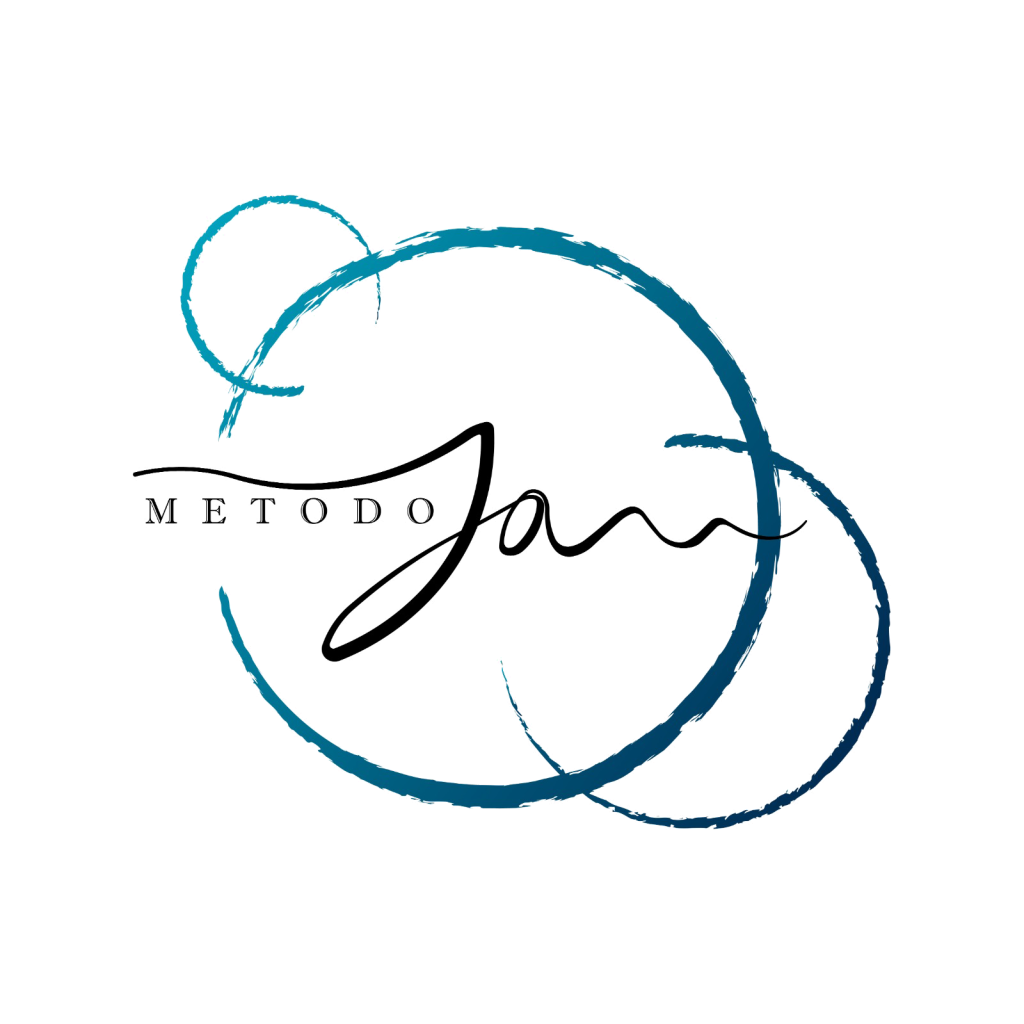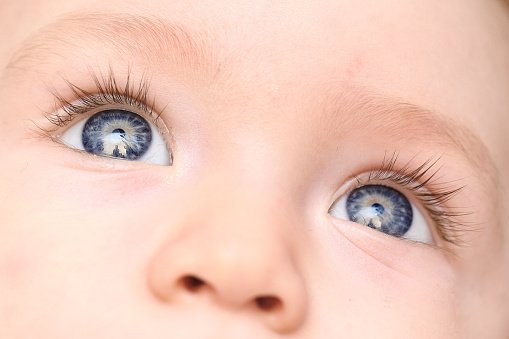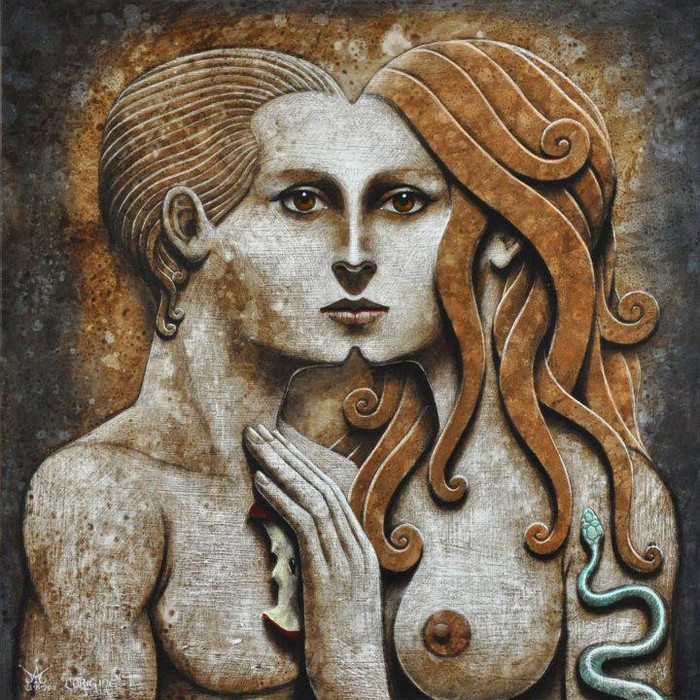In the not so distant past, almost ten years ago, I had founded a cultural association, the main themes of which were centered, with the offering of various educational proposals, in connecting people who had a “long” look, a vision of a reality, which certainly, was going towards progress, but which kept its roots in traditions, in folk wisdom, in the ability to self-produce, in the cultivation of the garden, in making bread at home, to nurture the sense of community that opens up to the fact that working together is less tiring.
Meetings dedicated to gathering wild herbs, self-production of detergents, soaps and creams, baking with sourdough, synergistic and natural cultivation, researching ancient and native seeds and founding a GAS (Solidarity Purchasing Group) were offered. We worked with felt and held women’s crochet groups, where the big ones taught the little ones, and of course, it was also a nice time to enjoy wonderful homemade snacks.
My work as a therapist was in its infancy, occupying a very small part of my time; this is no longer the case.

At that time, when I met these people, I often repeated the phrase,” There is a need for networking!!!”
Today, after a good 10 years, I understand in a profound way, what in an unconscious way, I was trying to bring out with that term, beyond the simple meaning of the word network and making connections between people.
In these ten years, reality has changed at an incredible speed, altering the perception of time, all amplified by the digitization of most aspects of life.
In a reality in which for generations, through deeply moralistic legacies, demonizing the body and its natural and instinctive aspects, human beings have become increasingly estranged from their mammalian origin, and thus from the physiological species-preserving instinct of the archaic brain, judging and excluding the shadowy part of their unconscious. Slowly, in a deep and inexorable process of inner removal of simple common sense and folk wisdom, the individual has become more and more incoherent and increasingly disconnected from inner motions (physical sensations, emotional aspects, slow and heedless processing times). In this inner “emptiness,” very easily sink the roots of beliefs, illusions, interpretations of reality and manipulations, no longer trusting one’s own feeling, inner listening to what is right for that individual, disconnected from objective reality.
For generations, for fear of being excluded from the group to which they belonged, they compromised, renouncing the individual self, losing themselves in a collective IO. This process was related simply to survival, to the sense of the herd that had to stick together to defend itself against the adversities of nature, the elements and the incursions of other groups or clans.
This all worked perfectly and found balance in a collective system placed in a historical period based on certain needs.
Those needs today have objectively changed.
Since the invention of the wheel, dated recently by new studies at 3,500-4000 years B.C., which was absolutely indispensable for humans to lighten transportation, today we have reached the maximum expression of dependence on machines.
Before I go further into the text, I would like to clarify a fundamental point, which is the substantial difference between being dependent on an object, from being possessed by it. Dependence, in the context of using certain tools implies the objective need for that tool, in that it greatly facilitates my quality of life. For example, I depend on the plumbing system in order to have water in the house with the objective resource of the fact that I can wash myself daily, drink, cook, wash my clothes, the house and inaffinate plants and garden. This system is not replaceable with anything else except the immense effort of going to the nearest spring or river to collect that water, which is unthinkable nowadays. This is an example of progress, innovation and knowledge in the service of man who can maintain contact with objective reality without being alienated from it.
Possession is a much deeper aspect; the individual is yes dependent on that technological object or medium and simultaneously, with the similar effect of a “spell,” in a hypnotic state, allows himself to be annihilated and alienated from the surrounding reality, forgetting his own basic needs (eating, sleeping, having sexual intercourse and being in social relationship). That person is no longer present to himself or herself; he or she is somewhere else, in a deep dissociative state. You often experience this, when in front of your cell phone, on social media, you are not aware of the time passing. It is not you using the cell phone, you are instead possessed by the cell phone, you are possessed by the machine.
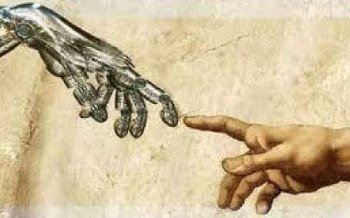
Given this distinction between dependence and possession, let us return to the network concept.
Everything that man creates is a projection of himself, from the micro to the macro, in search of his Self, and in the evolutionary aspect, the Internet and digitization show us the potential of our brain, of the human being’s capacity at the level of synapses and neural connections, referred to as the neural network, but not only.
Also observe the language used to describe the neural network, trivially quoting Wikipedia:
“A neural network describes a population of neurons physically interconnected with each other, or a group of neurons whose various production or signaling factors define a recognizable circuit. Communication between neurons often involves an electrochemical process. The interface through which they interact with surrounding neurons consists, as previously indicated, of several dendrites (input of the connection), which are connected via synapses to other neurons, and an axon (output of the connection). Instead, a neural circuit is a functional entity of interconnected neurons that influence each other (similar to that of a control loop in cybernetics).”
I do not have a degree in neuroscience, but I can imagine that inside the brain, in the harmonic perfection of our body’s complexity, there is, thanks to synapses, an unimaginable capacity for communication, and that, to give a simple example, as I am writing this article, if they could monitor what is happening in my brain, we would see thousands, if not millions of little lights turning on and off in a harmonic dance, like when it happens, now rarely, to be inside a swarm of fireflies. I was lucky enough to have this experience together with the students of the training course during a residential meeting, finding ourselves, on a late June night, surrounded by thousands of fireflies. In that magical moment, observing with astonished and amazed eyes that bioluminescence, I really thought that in our brains, the same thing happens.
From micro we move to macro, to computer network, and searching for a simple definition, being very ignorant on the subject, I found these characteristics:
“A set of interconnected hardware and software equipment capable, through certain communication channels, of exchanging data and information: this is a computer network, also called a computer network.
Within such a network, data-generating devices are called network “nodes” and include PCs, phones, servers, switches, modems and routers.
When one of these devices is able to exchange data and information with another device, here they are networked, through transmission channels for the proper sending of messages (or codes).”
Again, in order for the computer network to function, the indispensable feature is communication between the parts of the network, which should speak, through codes, the same language.
And here the question arises: are we human beings, in a middle dimension between the micro of the cell and the macro of the Internet, capable of creating network? And if not, what precisely is the quality that prevents us from creating it?
Before I give the answer, I invite you to look at the image below, taken from a site about connecting networks. Imagine that each of those dots is a human being.
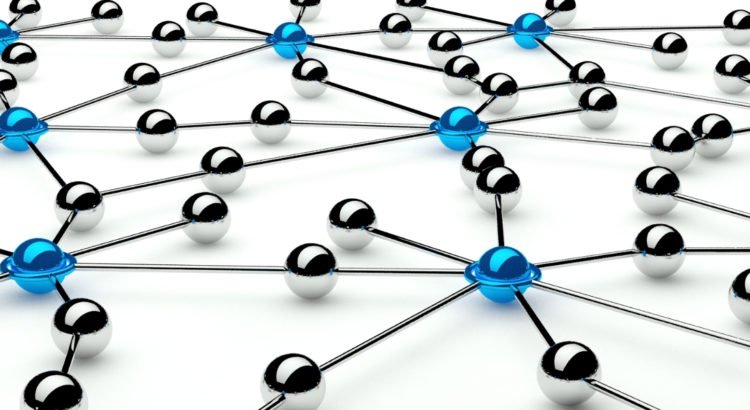
I invite you to visualize him closed in on himself looking down at the ground; an adult on the outside but who on the inside has not yet developed what is called inner parenting. An adult who is still waiting for Mom and Dad to be different from who they are, still judging them for what they failed to give him, still demanding ideal love. And in that dysfunctional hunger for love, he needs to feed, and that is where addiction becomes possession. That individual will be inside his own little movie and he is completely unaware of the reality around him and all the other individuals around him. What happens, when every person, who in that image is represented by the pellet, is in his own little interpretive movie? Between all those elements there can be no communication for the simple fact that they do not “see” each other and obviously, there can be no network, there can be no connection, there is no communication, we cannot feel ONE.
An interesting parallelism that I hope will offer you food for thought, and in a time in history, where it is convenient for you to feel alone by remaining in your own personal little movie, because then you are conditionable; the encouragement of communication only through digital, has the function that you remain in the condition of being owned by the machine.
But in order for the machine to serve you instead, the only answer to this lies in initiating a process of worldwide transformation. How?
Feeding on the love of Mom and Dad, in the acceptance of what they could give you, filling you with the life they transmitted to you in that act of love of their bodies, that SI of their cells in the predisposition to transmit life. In that sense of inner fullness, dissolving the alertness of a “hungry” nervous system, in the full awareness of the Self, you return to being the protagonist of your life, choosing how to use the machine.
Consequently, by accepting, as an adult, the reality of your childhood, you will be able to see today’s reality and who and what surrounds you, integrating the deep and conscious meaning of the term “I see you.”
In such a society, built by adults, even if we speak different idioms, what creates a network is the language of the heart, the simple code of love.
